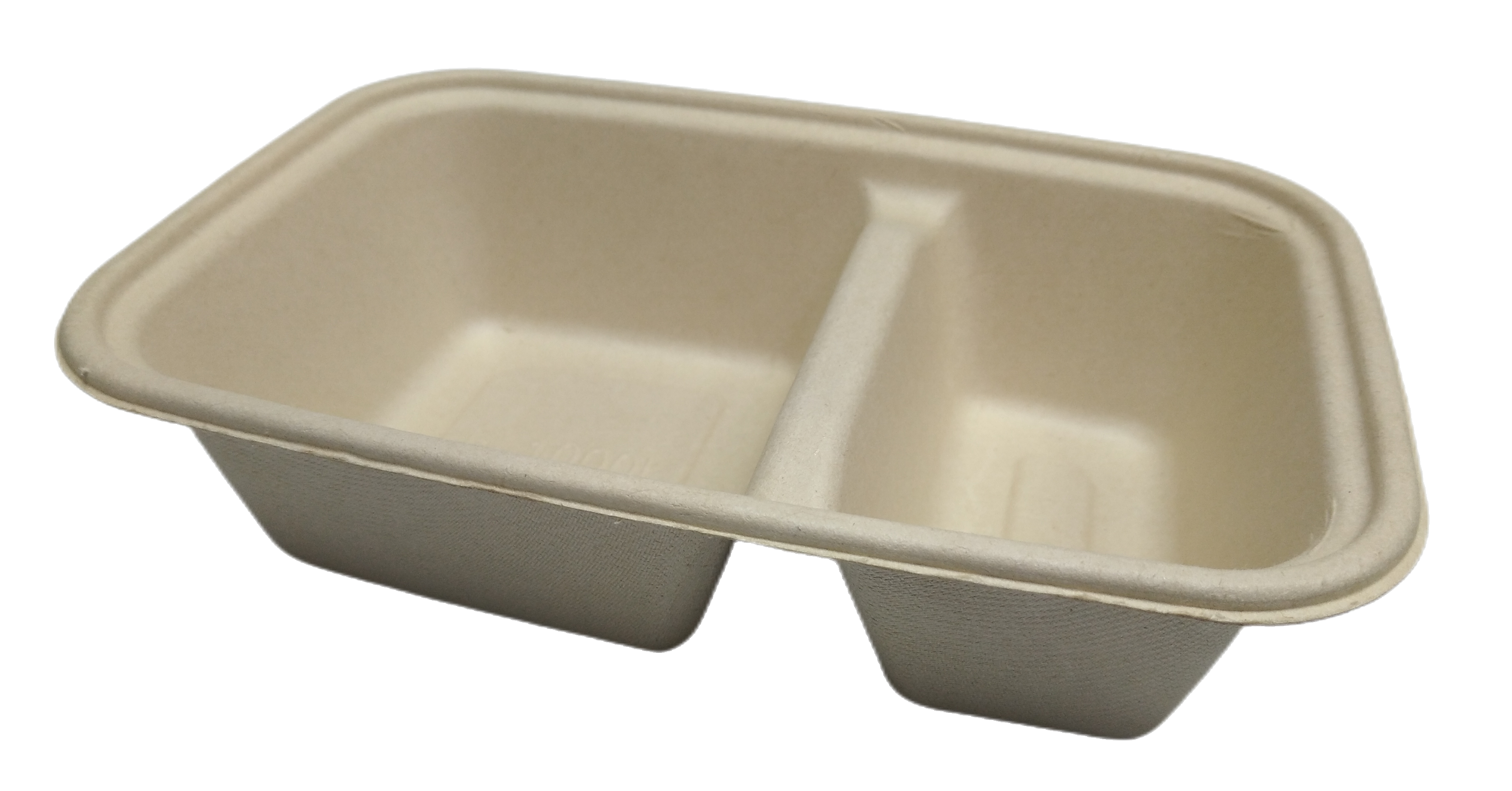إحصائيات التغليف القابلة للتحلل
الشعبية المتزايدة للعبوات القابلة للتحلل الحيوي: نظرة على أحدث الإحصائيات
أصبح العالم يدرك بشكل متزايد الحاجة إلى تقليل النفايات البلاستيكية وتأثيرها على البيئة. نتيجة لذلك ، أصبحت العبوات القابلة للتحلل أكثر شيوعًا. يتكون هذا النوع من العبوات من مواد يمكن تفكيكها بواسطة الكائنات الحية الدقيقة ، مثل الورق والكرتون والبلاستيك النباتي.
تُظهر الإحصائيات الحديثة أنه من المتوقع أن يصل سوق التغليف العالمي القابل للتحلل الحيوي إلى 14.5 مليار دولار بحلول عام 2027 ، وينمو بمعدل معدل النمو السنوي المركب (CAGR) بنسبة 8.2٪. كان هذا النمو مدفوعًا بالطلب المتزايد على حلول التغليف المستدامة ، فضلاً عن الوعي المتزايد بالتأثير البيئي للتغليف البلاستيكي.
| النمط | التعبئة والتغليف Fukuda المتاح |
| البعد | كصورة |
| اللون | واضح / أسود |
أصبح استخدام العبوات القابلة للتحلل أكثر شيوعًا بين المستهلكين. وفقًا لمسح أجراه الاتحاد الوطني للبيع بالتجزئة ، قال أكثر من نصف المستهلكين إنهم على استعداد لدفع المزيد مقابل المنتجات المعبأة في مواد قابلة للتحلل. ويرجع ذلك إلى حقيقة أن المستهلكين أصبحوا أكثر وعيًا بالتأثير البيئي للعبوات البلاستيكية ويبحثون عن طرق لتقليل البصمة البيئية الخاصة بهم.

تأثير العبوات القابلة للتحلل على البيئة: تحليل لأحدث البيانات
بشكل عام ، تُظهر البيانات أن العبوات القابلة للتحلل يمكن أن يكون لها تأثير إيجابي على البيئة. من خلال تقليل كمية النفايات في مدافن النفايات والمحيطات ، وتقليل كمية انبعاثات غازات الاحتباس الحراري ، يمكن للتعبئة القابلة للتحلل الحيوي أن تساعد في خلق مستقبل أكثر استدامة. مع تحول المزيد من الشركات إلى العبوات القابلة للتحلل ، من المهم فهم الفوائد البيئية التي يمكن أن يجلبها ذلك.
The use of biodegradable packaging is becoming increasingly popular as a way to reduce the environmental impact of packaging materials. As more companies switch to biodegradable packaging, it is important to understand the impact this has on the environment. In this blog post, we will analyze the latest data on the environmental impact of biodegradable packaging.
Biodegradable packaging is made from materials that can be broken down by microorganisms in the environment. This means that, unlike traditional packaging materials, biodegradable packaging does not remain in the environment for long periods of time. This reduces the amount of waste that accumulates in landfills and oceans, and helps to reduce the amount of pollution caused by packaging materials.
Recent studies have shown that biodegradable packaging can reduce the amount of waste in landfills by up to 50%. This is because biodegradable packaging breaks down quickly, meaning that it does not accumulate in landfills like traditional packaging materials. Additionally, biodegradable packaging can reduce the amount of plastic pollution in the ocean by up to 80%. This is because biodegradable packaging does not contain the same harmful chemicals that traditional packaging materials do, and therefore does not contribute to the plastic pollution problem.
In addition to reducing the amount of waste in landfills and oceans, biodegradable packaging can also help to reduce greenhouse gas emissions. Studies have shown that biodegradable packaging can reduce the amount of carbon dioxide emissions by up to 30%. This is because biodegradable packaging does not require the same amount of energy to produce as traditional packaging materials.
